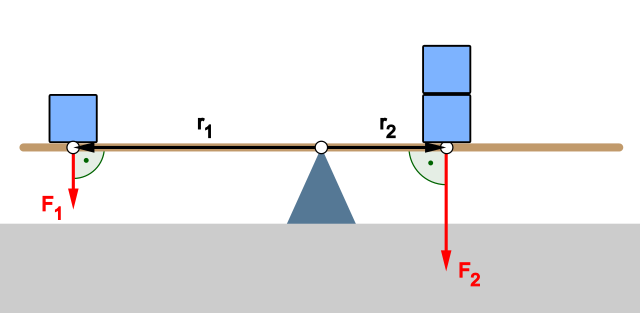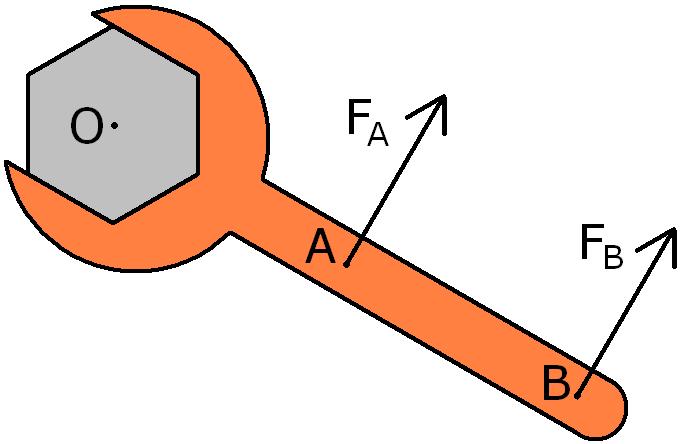Flipping Physics is producing videos showing solutions to released FRQs. This page shows a wheel on a ramp problem that includes free-body diagrams and torque/rotational motion.
Question



Learn Physics – Mr. Trampleasure
Resources for high school physics students and teachers
Flipping Physics is producing videos showing solutions to released FRQs. This page shows a wheel on a ramp problem that includes free-body diagrams and torque/rotational motion.


I hope everyone is staying healthy and safe. If you’re done with your schoolwork and are getting board at home, check out these online possibilities.
I have extended my Zoom office hours from 11:00-1:00. 11:00-Noon will focus on AP, but you are welcome to join at any time. Here are instructions if you just want to phone in (without the Zoom app).
This page last updated at 1:00; more updates coming throughout the afternoon.
Remember to watch the video as if you were watching a lecture, but one you can pause, rewind, etc. As you watch the video, take notes and make sure you write down questions you have.
Try out the egg carton hands-on activity at home!
Remember: Moment of inertia (I) can also be thought of as the ‘rotational mass.’
Three 20.0-gram masses are 9.4 cm from an axis of rotation and rotating at 152 revolutions per minute. What is the moment of inertia of the three-object system? The strings holding the masses are of negligible mass.
Two equal mass eggs are placed at either end in an egg carton of negligible mass. The egg carton is initially rotated about its middle. If the egg carton is now rotated about one end, what is the final moment of inertia of the eggs relative to their initial moment of inertia?
Well, isn’t everything homework now?
Look for the assignment 3/30: Week three
Coming soon!
Please try to complete all these assignments this week. I will be adding Rotational Energy assignments on Wednesday.
Last updated 3/23 at 11:50. More updates will come later this afternoon. I’ll be on Zoom from Noon until 1:00 if you have questions: Meeting ID: 569-283-4396
Hopefully you can see how this parallels how we addressed linear motion
Note: Opening the videos below on the YouTube page will provide you with more resources.
Remember: Try writing the problem and solving it as the video proceeds through these steps.
We will usually discuss torque as being clockwise or counterclockwise, but in some cases we want to address torque as positive or negative. The “right hand rule” helps you to determine if the torque is positive or negative.
I’m trying to get free access for students to the “Physics Now” coached problems on the publishers website: www.cp7e.com. I’ll post login information here if I get it.
I’ll post answers to the even numbered questions here by Wednesday, and remember the odd numbered answers can be found her if you can’t find them in your textbook.
An assignment has been added to TheExpertTA. The title is 3/20: Torque and Angular Acceleration.
The College Board announced today that the AP Physics 1 test will only include Sections 1-7, which means we only have to complete Section 7 (Rotational Dynamics and Motion) and then move to Section 6 (Simple Harmonic Motion). The tests will be 45 minute, online tests that can be taken from home. They state: “Test security is a concern,” and provide the following pointers:
If you are on Twitter, you can get the latest official updates by following @AP_Trevor.
We will continue to study all section of the curriculum after we have finished 1-7, and reviewed for the test, but this material will not be on the AP test.
coming soon, I wanted to post the College Board announcement ASAP.
Last updated at 1:30; I’ll be adding more between now and 6:00 pm.
This meeting is optional, but I’ll be online if you have questions. Log into Zoom and use the Meeting ID 569-283-4396.
Please complete this short survey to let me know about your internet access. This will help me know how much I can depend on your access to this website and the resources I share here. All answers are anonymous.
While homework is not required, I have set up an account with TheExpertTA.com to provide practice problems that are graded as you work them, along with tips (some of my past students have said many of the tips aren’t that helpful, but they are there. TheExpertTA is generously providing free accounts for the rest of the semester due to the COVID-19 crisis.
You can sign up for the class here: http://goeta.link/USB06CA-51F289-21B . Email me if you have troubles logging in, and hopefully we can work it out.
Continue reading “3/17 AP: Getting started with learning from home with a review of rotational motion and torque”We’ll keep learning physics while we are home; I’ll be posting assignments and resources online daily.
Equations for torque can be found on yesterday’s page.
Complete Problems 1, 3, 5, and 6 on page 253-254.
Watch the following videos on center of mass, and take notes while you do. Your textbook covers this in Sections 8.2 and 8.3.
You will have a one-question quiz tomorrow when you arrive based on the videos below. You can use your notes from the video.


Torque is the rotational analog of force. Torque is calculated as the product of the force and the distance from the center.
$latex \vec{\tau }=\vec{r}\cdot \vec{F}$
This is very similar to our $latex \vec{\ W }=\vec{d}\cdot \vec{F}$, to which we needed to add cosine for forces that aren’t in the same direction as the motion: $latex \vec{\ W }=\vec{d}\cdot \vec{F} cos(\theta )$ . We need to do the same for torque, although in this case we need to use sine (since torque is maximum when the force and radius are perpendicular to each other), so we end up with:
$latex \vec{\tau }=\vec{r}\cdot \vec{F}sin(\theta)$
Caution: While the units of Nm, which are the same for work, torque is not energy. It is more similar to force: A net force acting on an object will cause that object to accelerate. A net torque acting on an object will cause that object to undergo rotational acceleration.
With Billy, Bo, and Bobby

Which door provides you with the most torque?
Friday’s post includes the translational concepts we have studied, as well as the rotational equivalents. If you were absent, be sure to check this page.
Remember you can check the answers to the odd-numbered problem in the back of the book, or the scanned versions here.